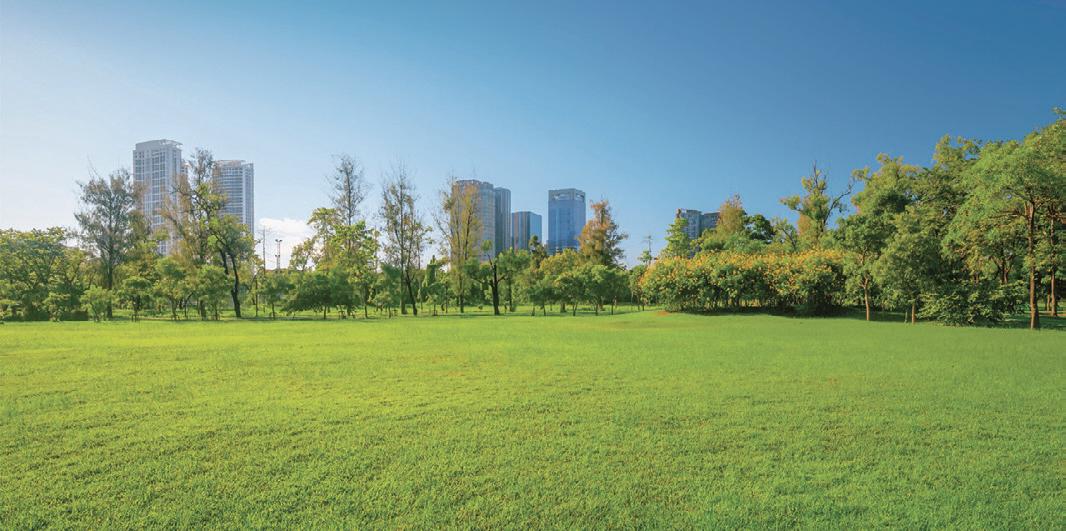
10 minute read
COMMUNITY ASSETS & INFRASTRUCTURE INITIATIVE – PROJECTS $2.5 MILLION & UNDER
Initiatives that maximise benefits to the community and showcase partnerships in developing and managing community assets. This section is for projects that cost $2.5 million and under that are new and a one-off activity of a capital nature.
Advertisement
JUDGING CRITERIA
Clarity of the initiative’s outcomes Demonstrated leadership Innovative features Transferability Cost benefits
WINNER
HIGH COMMENDATION
FINALISTS
East Gippsland Shire Council, Orbost Streetscape Project Banyule City Council, 5-a-side Pitch – Malahang Reserve Gannawarra Shire Council, Koondrook – Victoria's Nature Based Tourism Destination
WINNER


The Ouyen Community Lake Project set out to construct a 14ha recreational boating and fishing lake with associated infrastructure for the regional township of Ouyen, which is 100km south of Mildura. Transformation of the former Grampians Wimmera Mallee water reservoir to a lake was viewed as vital for the community, creating an asset that could play an integral role in maintaining and further developing the social and economic integrity of the town. The $2.4 million project was also an investment in the area’s future, as its population had fallen by around 30 per cent in two decades. There was also a corresponding shift in demographic profile – the overall population had aged substantially. The project included construction work, installation of recreational infrastructure, including an amenity block, fencing, boat ramp and barbecue areas. Project objectives centred on investing in countering the disadvantages of low incomes and the loss of young people from the area, while also capitalising on the community's generous spirit. As an isolated rural township, travel distances to use any water-based facilities, other than the Ouyen pool, were extremely far, with between 100-200km round trip. Levies for recreational water use are imposed on all water users in both pipeline systems, however, there were no recreational lakes in the northern Mallee region. The Ouyen and broader community felt that there needed to be equity of access to recreational water. A project business case was developed that recommended site construction works situated on 14 ha; supply and installation of pipe and associated infrastructure; construction of gravel road/footpath perimeters; provision of power and installation of other recreational infrastructure, which would complement the lake’s use. The project attracted (and continues to attract) significant partnership funding, along with substantial investments of in-kind support from the community and associated stakeholders. To date, voluntary time spent on the project stands at over $3.5 million, with 45,000 hours since the project’s inception, when community meetings began and the business case was first discussed, in 2013. As a true collaborative project, involving stakeholders of all levels of government, business and the broader community, cash and grant contributions of $2.4 million have so far been obtained to realise project. In October 2018 then-Mayor Mark Eckel described the project as a monumental achievement praising all those involved in planning, executing and driving what “would be a valuable asset for decades to come”. “60 kids aged 16-31 listening to Triple J Top 100 yesterday. Can’t think of a better reason why this thing was built! There’s no better way to finish the day, than enjoying a sunset with mates at the lake”, said Dean Munro, a volunteer of the Ouyen Lake Committee. The future social capital benefits cannot be underestimated and extend to a range of public health and recreational gains, for a more active, diverse and socially inclusive community. The project is an exemplary indicator of the persistence, passion and resilience of a small regional community. Benefits to the region include an economic boost to fishing-related tourism and flow on effects for local business. The lake attracts fishing and boating enthusiasts from all over Australia.
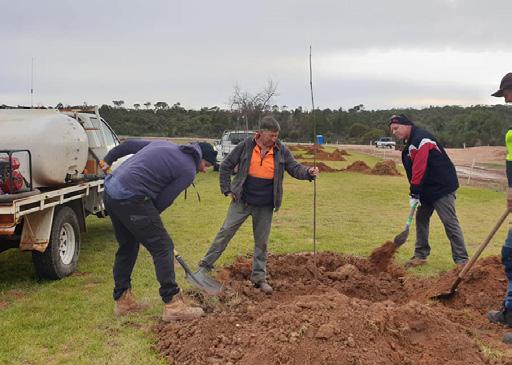

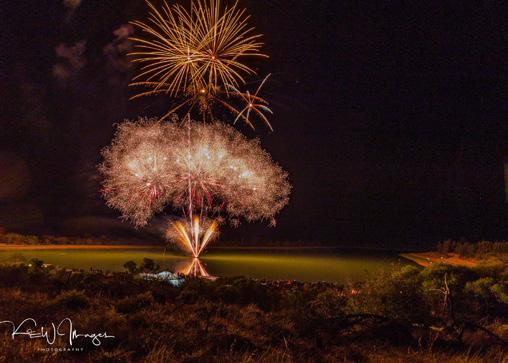


HIGH COMMENDATION
The Great Southern Rail Trail Extension Black Spur Development addressed a 2.6km “missing link”. Although it was only a small section, the project was pivotal in helping to increase patronage and the flow-on economic and social benefits. The project can also claim to be the catalyst of turning a local recreational trail into an iconic regional tourism product. The rail trail was completed in 2016, however, the Black Spur section was a missing 2.6km link to create a seamless 72km trail between Leongatha and Port Welshpool in South Gippsland. The project involved reconstruction of a 50m trestle bridge and the partial demolition and reconstruction of two others. The remediation supported the South Gippsland Heritage Study which identified the significance of the bridges and has become an important tourism and economic driver for the region and contributed to increased tourism. Although it is hard to accurately calculate direct and indirect jobs created as a result of the project, the towns that the trail visits have seen increased productivity in the past few years. In particular, the region has seen the establishment and growth of various food and beverage businesses close to the rail trail. The biggest challenge was not fully understanding the level of deterioration of the bridges prior to the commencing the works. However, with innovative approaches, the scope of works was delivered as expected and resulted in heritage structures being preserved. Innovative features of the project included retaining the original timbers that were date stamped with many being over 100 years old and reinforcing the timber piles without excavation work, which was important due to the biodiversity significance of the area as well as retaining heritage features that have become major points of interest. The project principles have been transferred to further expand the trail. Similarly, the overall project management approach has been used on other Council projects where multiple internal and external stakeholders are identified. To be able to preserve heritage, enhance the visitor economy and highlight the local biodiversity corridor of this section of trail has been a truly collaborative project and deserves to be applauded and rewarded for the great outcomes it has delivered. The key objectives and outcomes of the project are: • Further extend the GSRT which included development of a new bridge and upgrades of two historic bridges along with connecting trail. • The restoration of arguably the most historic and visually appealing bridge of the GSRT. By further developing the GSRT, other outcomes included: • Providing new tourism opportunities for the South Gippsland Shire • Providing an opportunity for trail users to experience and visualise an iconic historic bridge • Retention of tourism industry jobs • Create new business opportunities within the towns/communities that the trail passes through • Improve health and well-being opportunities in the Shire.
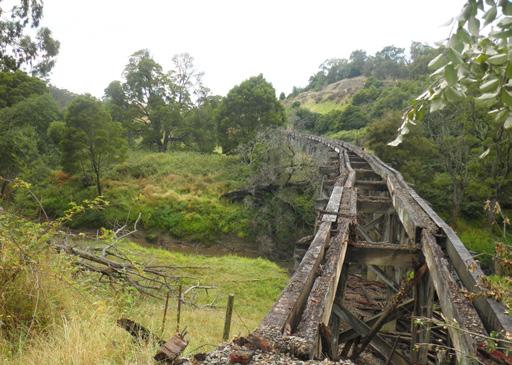
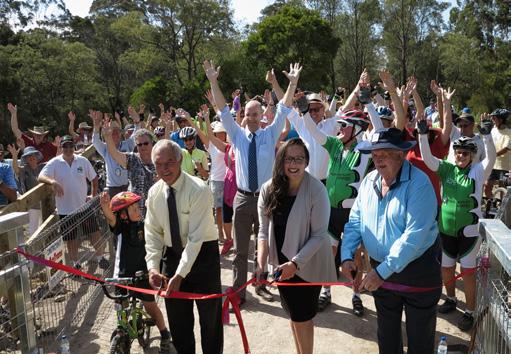
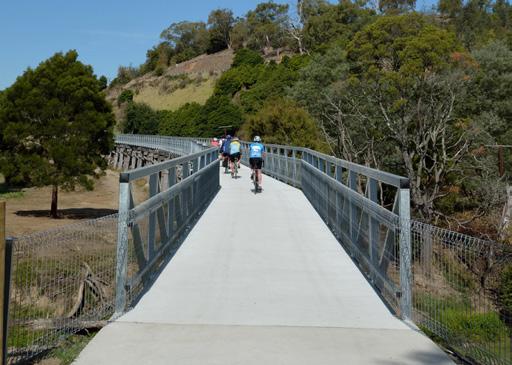
FINALISTS


EAST GIPPSLAND SHIRE COUNCIL
ORBOST STREETSCAPE PROJECT
Orbost is a small town in far East Gippsland. Historically reliant on the timber industry, residents sought to reimagine Orbost’s future and realised that a strong community and natural beauty made it the perfect place to attract retirees, tree-changers and tourists. Council’s General Manager of Assets and Environment Fiona Weigall said the previous streetscape had reached the end of its useful life and presented a number of safety hazards. “The footpaths were uneven, and some areas featured brickwork which became slippery in wet weather. Tree roots were impacting on pavers, and fallen leaves were presenting pedestrians with unsafe and slippery conditions.” The new streetscape has both deciduous and evergreen trees, along with a variety of grasses, shrubs and other plants which provide a range of colours and textures throughout the year. In addition, the rejuvenated streetscape features street furniture such as seating and timber-capped retaining walls which enable pedestrians to sit, rest and socialise while doing their shopping. “Orbost is situated in a beautiful landscape,” Ms Weigall said. “It was important that the streetscape design reflected that, and we were delighted with the final outcome. The colours and shapes of the pavements were inspired by the sandy beaches and water of the Snowy River, the beautiful rockwork references the cliffs facing the river, and the timber elements are an important reminder of Orbost’s history as a timber town. Community consultation formed a huge part of the streetscape redevelopment project. Orbost locals were part of working groups during the planning process and were consulted throughout construction. In some instances, changes were made during construction as locals saw the project take shape and expressed ideas and concerns about the outcome. Banyule has the second largest Somali youth population in Victoria. The area has higher than average unemployment rates, economic disadvantage and youth disengagement. At the Youth Summit in 2016, recreation, sport, inclusion, diversity and equality were key issues raised and discussed. Development of a 5-a-side football pitch accessible to everyone was a key recommendation. The summit also saw the formation of a Somali boy’s leadership group, which has actively campaigned for a new football pitch. West Heidelberg is best known for being home to the Athlete’s Village built for the 1956 Olympics, a time when sport brought people together and inspired many. Sport and participation are once again a focus with this project that has uniquely delivered an outdoor football pitch in the heart of West Heidelberg that is inclusive, accessible, supports community participation and targets disengaged young people.
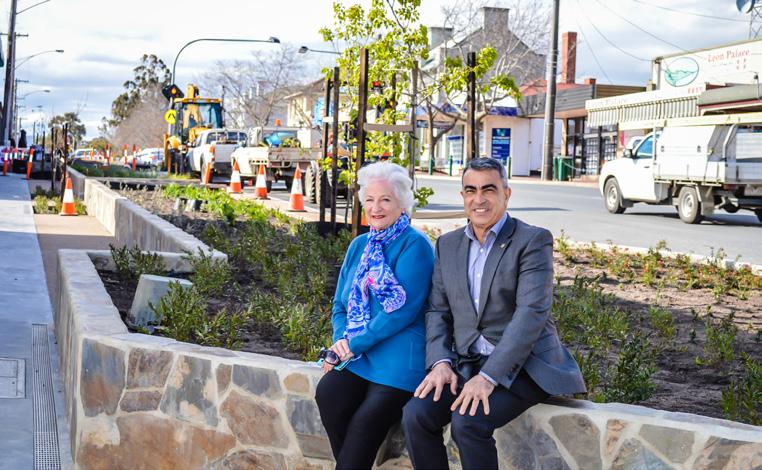
BANYULE CITY COUNCIL
5-A-SIDE PITCH – MALAHANG RESERVE
In addition, an innovative financial and program partnership with Melbourne City Football Club and their City in Community program, ensures long term sustainability and ongoing community participation opportunities. “Our local youth passionately advocated for this facility and I’m really proud of the great outcome they have achieved,” said Banyule Mayor Rick Garotti. What makes the program special is the collaboration between the Federal government, the Council and private enterprise. The partnership with the soccer club has created an opportunity to develop other community participation programs.
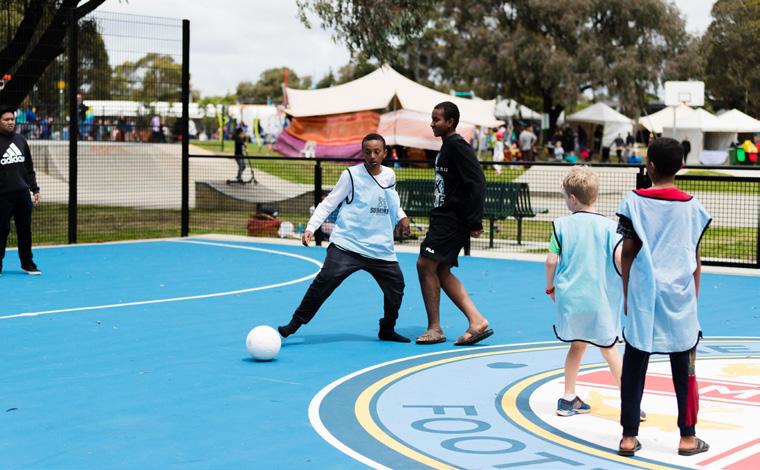


FINALISTS
The Koondrook project was designed to connect strategic tourist attractions at the small town on the banks of the Murray River. It provides an all-abilities pedestrian link between a wharf and associated indigenous artworks, to the historic tram station and Koondrook Nature Based Tourism Hub. With pedestrian traffic increasing around the riverside precinct of Koondrook following construction of the award-winning Koondrook Wharf in 2016, Gannawarra Shire Council recognised the number of visitors to the area would increase due to construction of a Koondrook Nature Based Tourism Hub and the redevelopment of the Koondrook Goods Shed into a function centre along with the growing popularity of the RiverDaze music festival. Stage 1 was completed in late 2018: construction of new kerb and channel along Punt Road (which runs adjacent to the riverbank) for accessibility, traffic calming and controlling purposes. Stage 2, from February to July 2019: focused on Main Street between Keene and Station streets – an area which includes a general store, historic tram station and the proposed home of an all-abilities playground. Stage 3 completed in June 2020: improved road and pedestrian access between the Koondrook township and the Koondrook Nature Based Tourism Hub precinct. Leadership and innovation were demonstrated by not only getting the community on board and engaged but by also ensuring that every effort was made to invigorate the local economy by maximising local procurement of goods and services from the small struggling businesses which have been impacted by the drought in northern Victoria.

